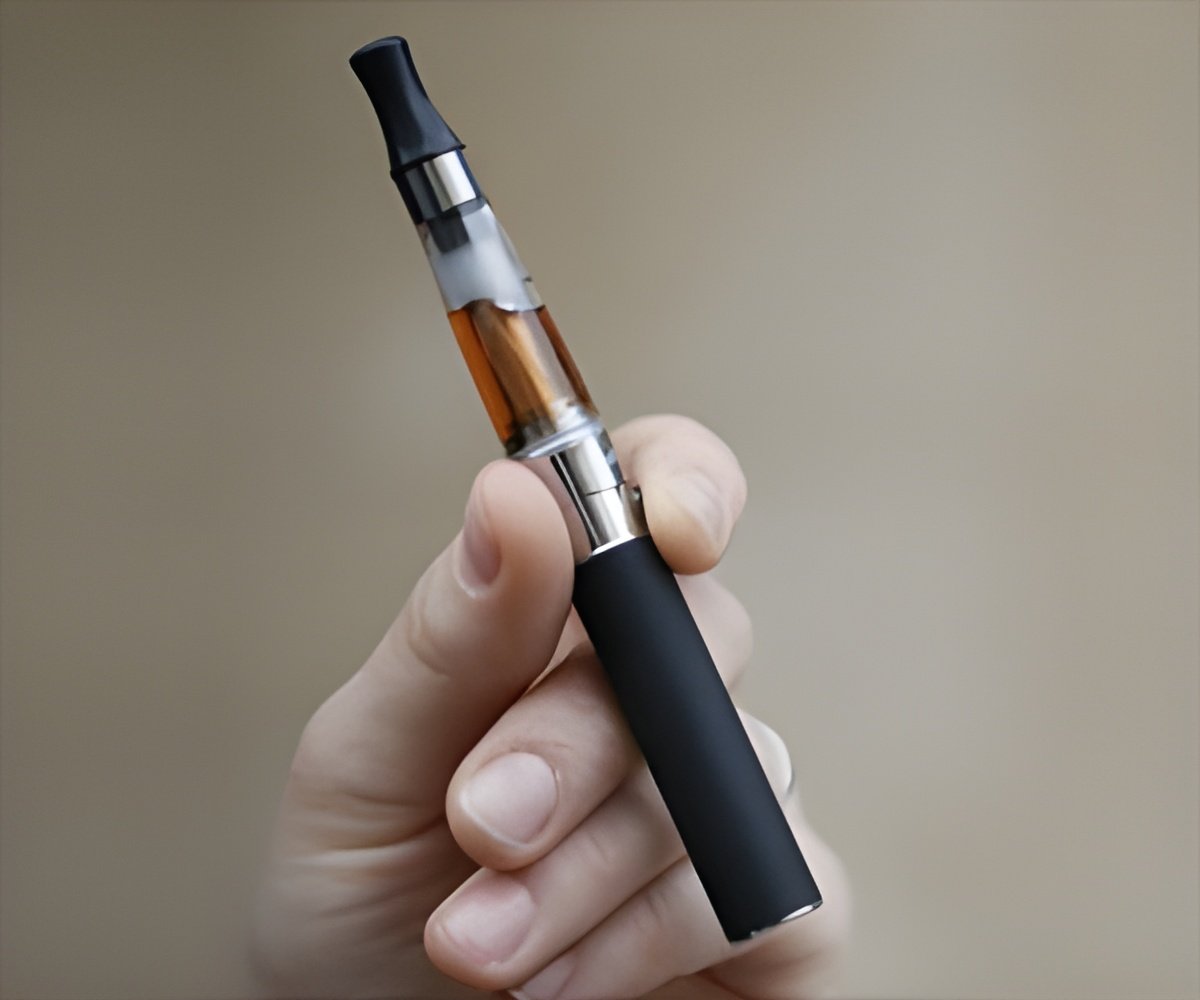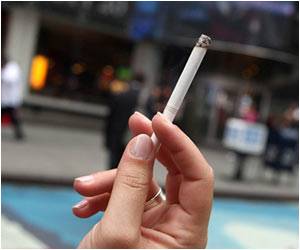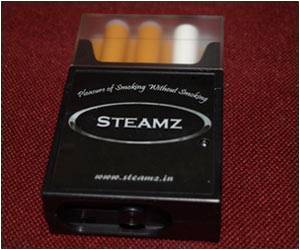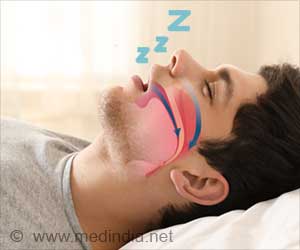51% of labels on e-cigarette liquid nicotine containers from 16 North Dakota stores don't accurately reflect the levels of nicotine found in the products.

‘51% of labels on e-cigarette liquid nicotine containers from 16 North Dakota stores don't accurately reflect the levels of nicotine found in the products.’





The NDSU research team includes Kelly Buettner-Schmidt, associate professor of nursing; Donald R. Miller, professor of pharmacy practice; and research scientist Narayanaganesh Balasubramanian. Of 93 e-liquid containers examined, 70 claimed to contain nicotine ranging from 3-24 mg/mL. Among those containers, 51% had nicotine outside the labeled amount, with 34% having less nicotine and 17% having more than labels specified. Actual content of nicotine ranged from 66% under the labeled concentrations to 172% over the labeled concentrations.
The Core Synthesis & Analytical Services Facility at NDSU measured the contents of the containers, using a high-performance liquid chromatography method. Results allowed for +/- 10% variation in nicotine concentration.
The study also found that 65% of the e-liquid containers were not child-resistant, with the potential to be easily ingested by a curious child.
"Mislabeling of nicotine in e-liquids exposes the user to the harmful effects of nicotine," said study author Kelly Buettner-Schmidt, associate professor of nursing at NDSU. "In areas without child-resistant packaging requirements, children may be exposed to harmful nicotine."
Advertisement
The cross-sectional study of e-liquids included products purchased between June 9 and June 26, 2015 from 16 North Dakota retail stores that sell electronic nicotine devices, but are not required to hold a tobacco retail license. The study was conducted prior to new state requirements covering e-cigarettes. The North Dakota Center for Tobacco Prevention and Control Policy funded the study titled "Electronic Cigarette Refill Liquids: Child-Resistant Packaging, Nicotine Content, and Sales to Minors".
Advertisement















